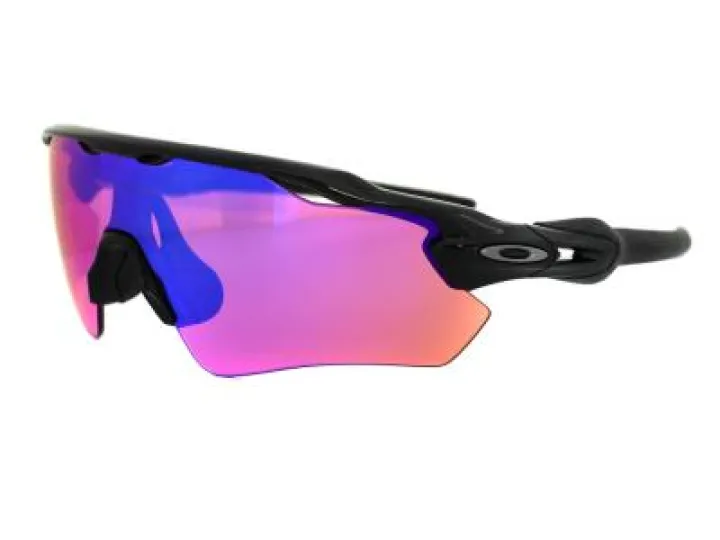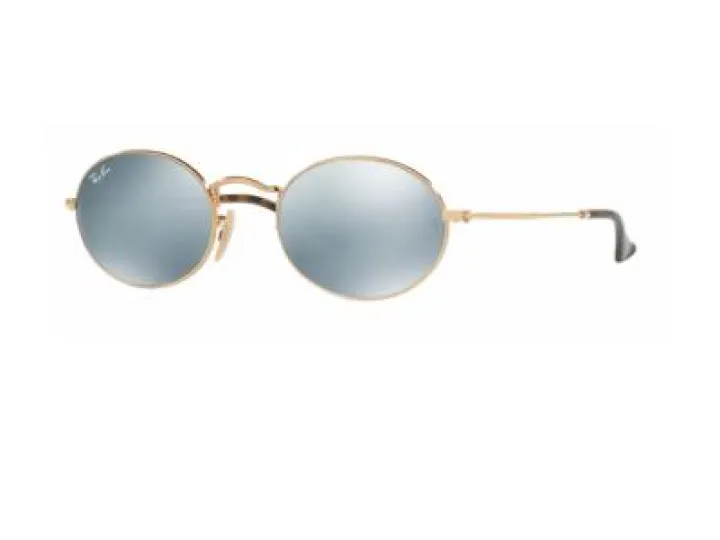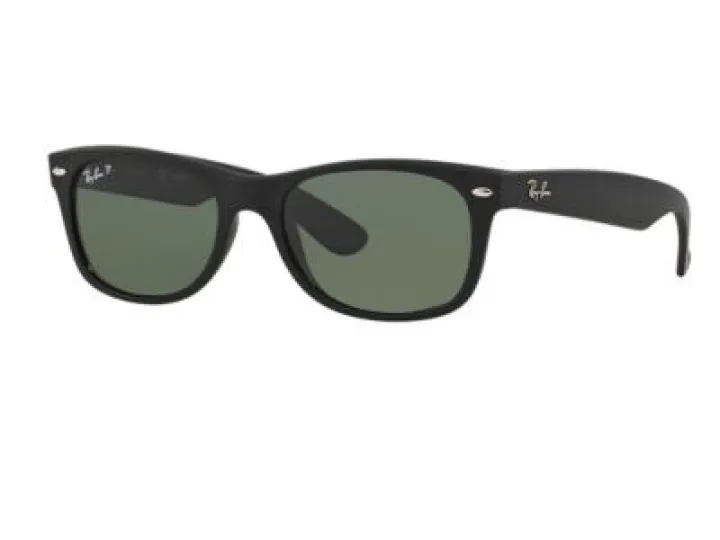How long does UV protection last?
When we buy a pair of designer sunglasses, we often look for the UV label that tells us the lenses offer 100% protection against all harmful sun rays.
But we give little thought to just how long that UV protection will last, especially if we spend an extended time in the sun and use the glasses a lot.
Recent research on sunglasses lenses suggests they may need replacing more often than we thought and scientists in Brazil now recommend that we replace our sunglass lenses at least every two years.
Most high-end designer sunglasses, such as eyewear we buy from Ray-Ban and Oakley, claim 100% protection from harmful UV rays.
While there is no cause to doubt the claim, concern is sweeping the industry at a research paper from Brazil published in Biomedical Engineering Online.
The report argues that prolonged exposure to the sun could lead to a deterioration in some lenses, not only in the level of UV protection they offer but the level of impact resistance too.
The authors call for a new standard of testing to establish safer limits for UV filters in the lenses of all sunglasses.
The tests were carried out by scientists at Sao Paulo University in Brazil using a solar simulator that mimics the effect of sunlight.
Sunglasses were exposed to strong light for 50 hours, the equivalent of two days of high sunshine in summer and four days of winter sunshine.
They found that exposure to sunlight could affect lenses over time and suggest a revision of standards to test the quality of sunglasses and to establish safer limits for UV lens filters,
Surveys show that Brazilians on average wear the same sunglasses for an average two hours a day and change them every two years so researchers suggest that standards should at least guarantee that sunglasses stay safe for this length of time.
Of course, Brazilian sunshine is much stronger than in other climates and sunglasses are worn much more often in Brazil that they are in the UK, for example.
Sunlight exposure will obviously vary with latitude and the UV index in tropical countries can be very high all year round. Sunglasses work in the UK may not need replacing nearly as often.
But with sunglasses worn most on holiday, when the UV index is high, the two-year test may be an appropriate standard. This becomes more relevant as we now take more holidays abroad than ever before.
According to research from ABTA, the average person takes three holidays a year and the numbers taking three holidays or more abroad rose to 16% in 2014.
More than 51% of people booked a package holiday overseas in 2014 compared to 46% in 2013 and the annual family holiday of seven nights or more overseas remains strong.
We are not used to strong sunlight in the UK and can be a little complacent about the strong sunshine we are subjected to while on holidays overseas. Short-term exposure to UV can cause the eyes to become swollen and painful, but the effects are only short-lived.
What is more worrying is the longer-term effects of UV exposure which is linked to risk of cataracts and even eye tumours.
Young people are most at risk from over-exposure to UV radiation, and it's estimated that by the age of 18, they have already had 80% of their expected lifetime dosage of UV.
And although we consider bright, sunny summer days to pose the greatest risk it is not always the case. Brightness and UV are entirely different, and our eyes need protection at other times of the year.
When buying sunglasses, it is important to look for the CE mark as this ensures they have been checked to conform with European standards on UV protection.
Even standard glasses, with clear lenses, will offer better protection than wearing no specs at all. And sunglasses should always be replaced if the lens becomes damaged or scratched.



